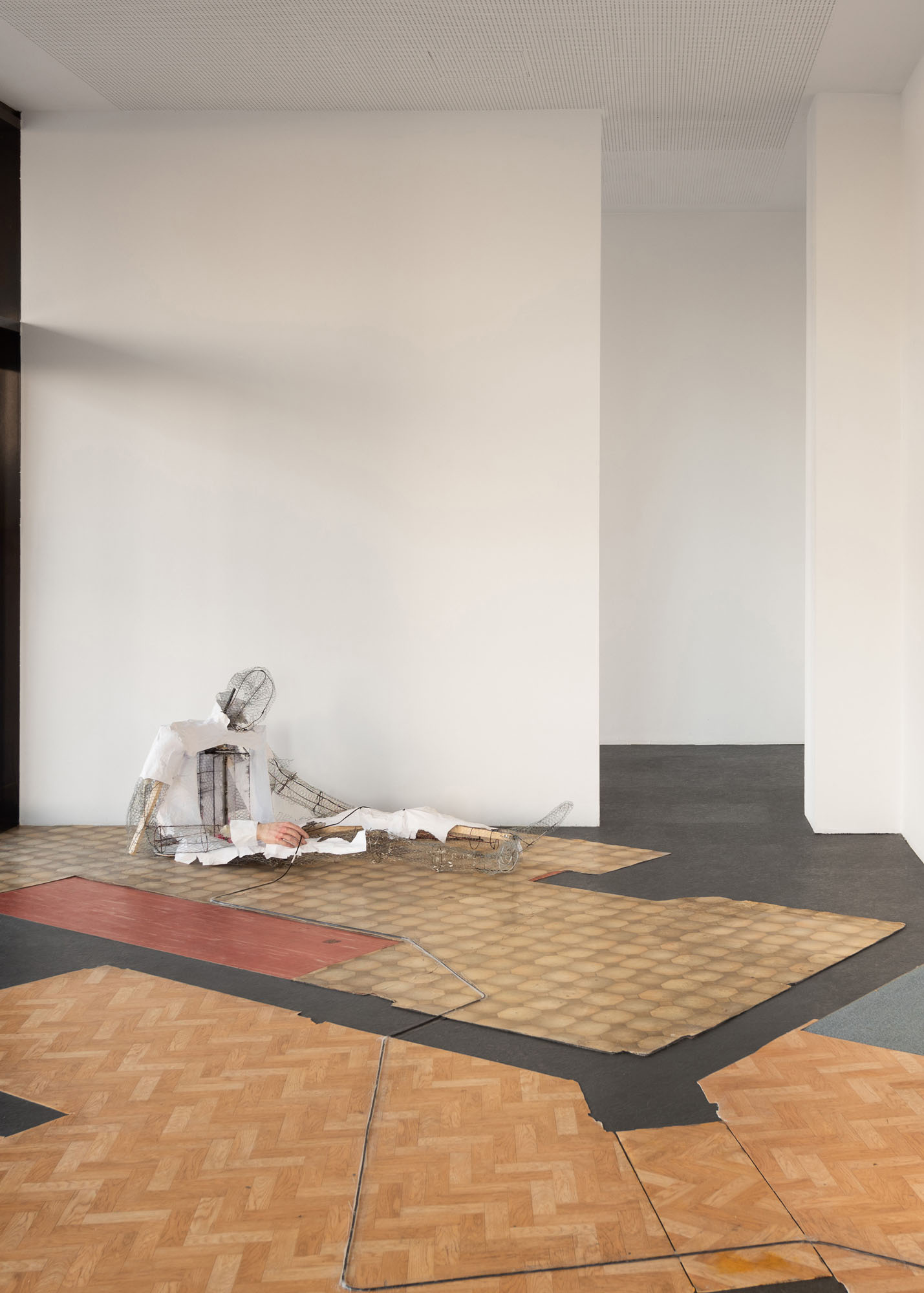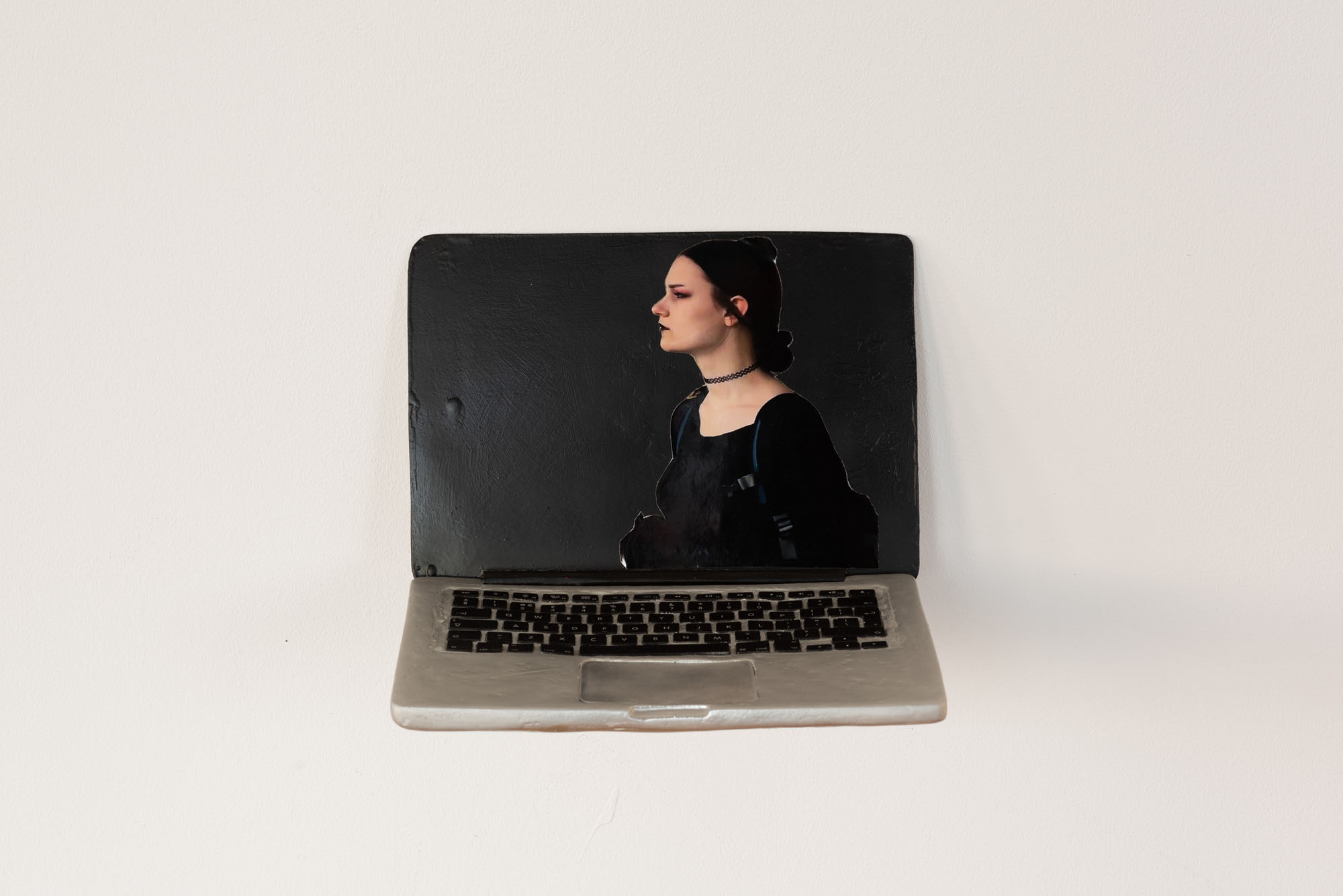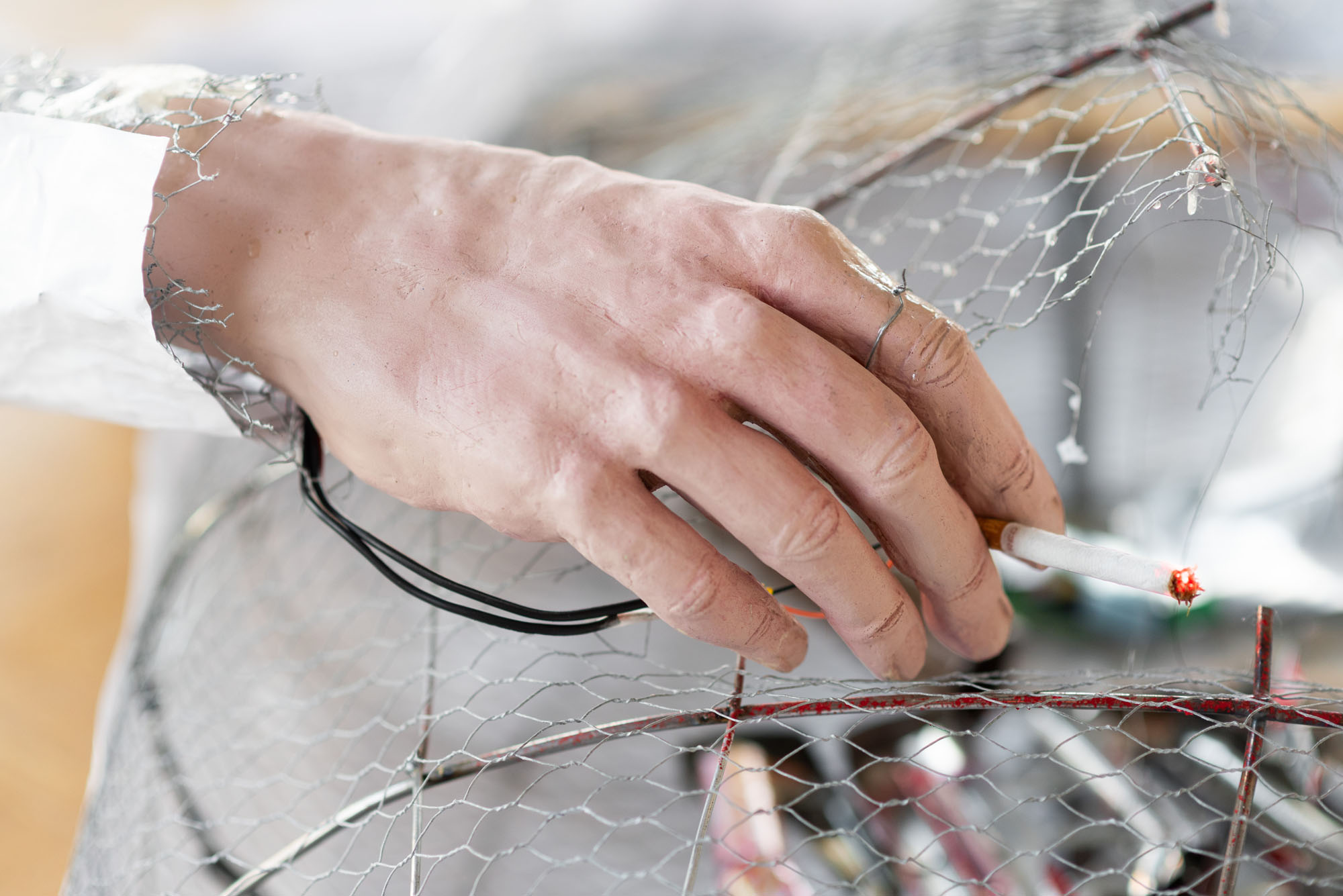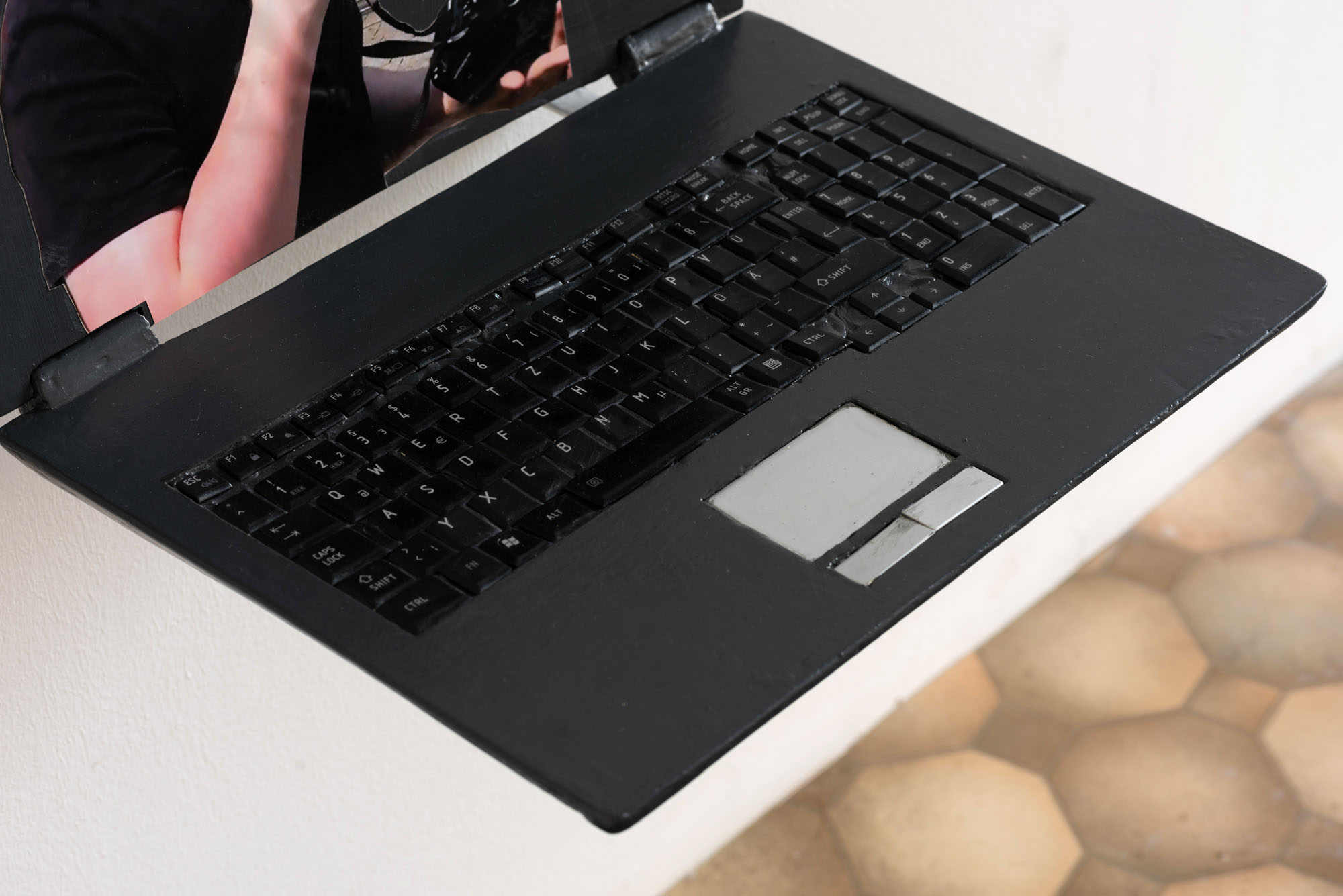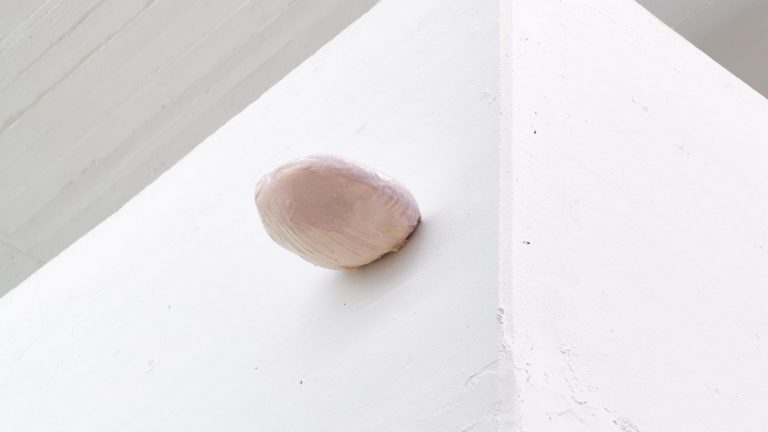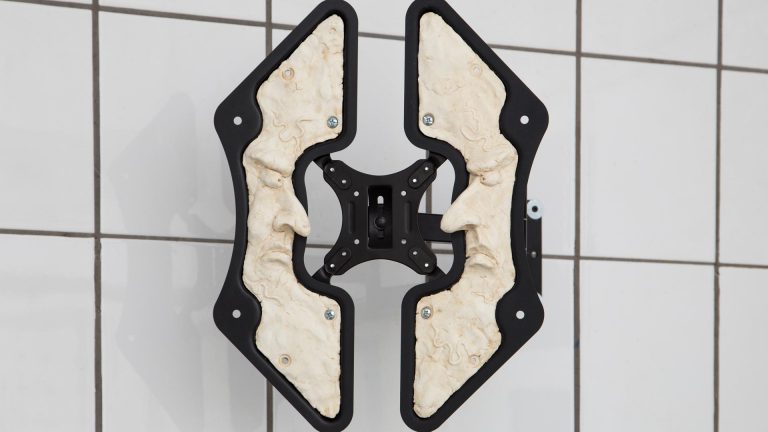Artist: Matt Welch
Exhibition title: Adult Sculptures
Curated by: Oriane Durand
Venue: Dortmunder Kunstverein, Dortmund, Germany
Date: November 23, 2019 – February 9, 2020
Photography: Paul Levack / all images copyright and courtesy of the artists and Dortmunder Kunstverein
Matt Welch (*1988 in Liverpool, lives and works in Frankfurt) creates expansive installations that encompass sculpture, video and painting. The English-born artist designs and produces works that appear somewhat like models of architecture or of the human body, while his incorporation of everyday objects can also be reminiscent of readymades. His installations relate to the space that they are in, connected via sound or various electronics, often with electrical mechanisms activating individual elements therein. His artistic motifs incorporate social commentary on topics ranging from the state of housing to the social dimension of design objects. By playing with scale and combining elements of the most diverse kind and provenance, Welch interrogates questions of social determinism or our current control society.
For Adult Sculptures, the artist’s first institutional exhibition, Welch has developed a series of new sculptures that connect the human body and its interior with the Fridays-for-Future movement. Affixed to the screens of two realistically-sculpted, wall-mounted laptops are color printouts of video stills from Welch’s recordings of climate demonstrations. A strange presence is granted via these images of young protestors protruding from the screens.
In contrast, two sculptures of slightly-oversized bodies lie on remnants of PVC flooring taken from a two-room apartment. Both consisting of an assemblage of chicken wire, paper, wood and metal, their silhouette and lifelike hands suggest that these sculptures are depictions of adults. The open construction of their torsos enables a view into the interior. One figure contains a transparent, bloody-looking rotating door; the other, metallic intestines. Wire running across the floor connects the two sculptures and electrifies specific body parts, giving the bodies energy: the rotating door, like that of corporate building entrances, turns, and the realistic-looking cigarette intermittently glows. The electrical cables make both figures “work,” but at the same time also suggests their interdependency. But what exactly is their relationship with each other? Does the seated figure symbolize a heart-diseased superior, and the lying figure their employee? And what is the connection with the young people of the Fridays -for-Future movement? Has the older generation resigned itself to being apathetic, fatalistic observers, while the youth are willing to fight for the better future they still believe in?
Welch leaves a large space for interpretation, prompting manifold questions in relation to individual and collective protest as well as in terms of dependencies and power relations.



